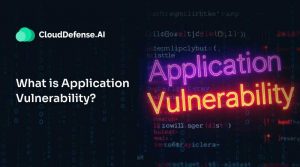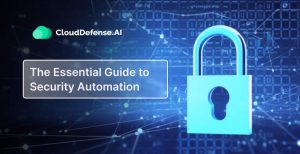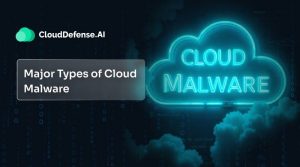What is Threat Hunting?
Threat hunting, also known as cyberthreat hunting, is a proactive approach to cybersecurity that involves actively searching for and identifying hidden threats within an organization’s network. Unlike traditional security measures that primarily focus on defending against known threats, threat hunting aims to uncover previously undetected or ongoing threats that have managed to evade initial security defenses.
Threat Hunting Steps
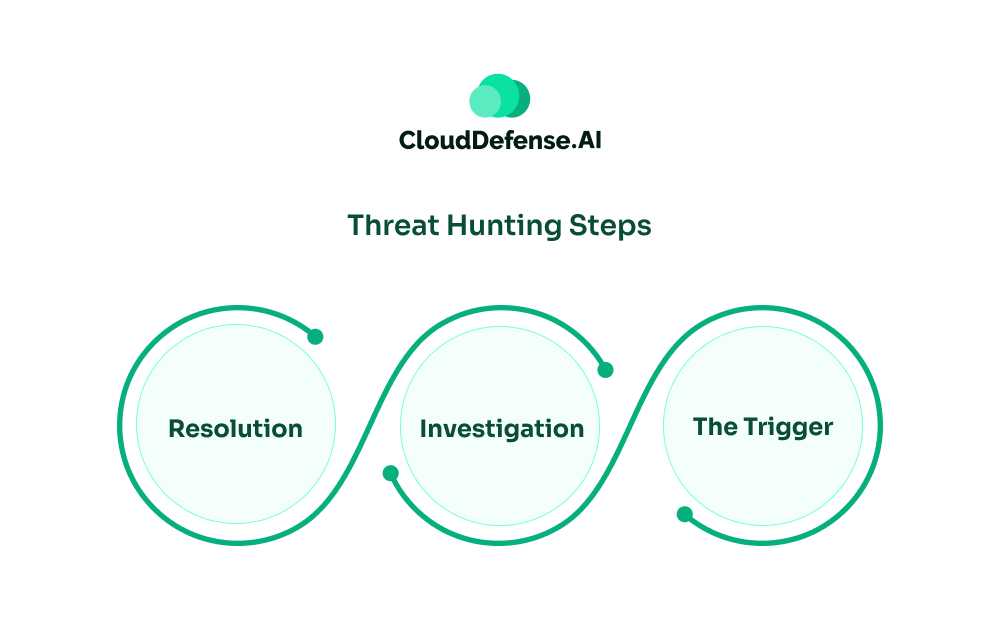
Threat hunting consists of three main steps: the trigger, investigation, and resolution. These steps help identify, analyze, and mitigate hidden threats within a network.
Step 1: The Trigger
The trigger initiates the threat hunting process by highlighting specific systems or areas for investigation. Triggers can come from:
- Advanced Detection Tools: Identifying unusual activities.
- Hypotheses: Security teams speculating about new threats.
- Anomalous Behavior: Unexpected patterns in network or system behavior.
Step 2: Investigation
The investigation phase involves a detailed examination of the flagged area:
- Use of EDR Tools: Endpoint Detection and Response technology provides deep insights into system activities.
- Data Analysis: Collecting and analyzing data to confirm or rule out malicious activity.
- Threat Profiling: Understanding the threat’s origin, methods, and potential impact if malicious activity is confirmed.
Step 3: Resolution
In the resolution phase, findings from the investigation are acted upon:
- Communication: Sharing intelligence with operations and security teams.
- Incident Response: Implementing measures to contain and eliminate the threat.
- Improving Systems: Feeding insights back into automated systems to enhance future detection and response capabilities.
Types of Threat Hunting
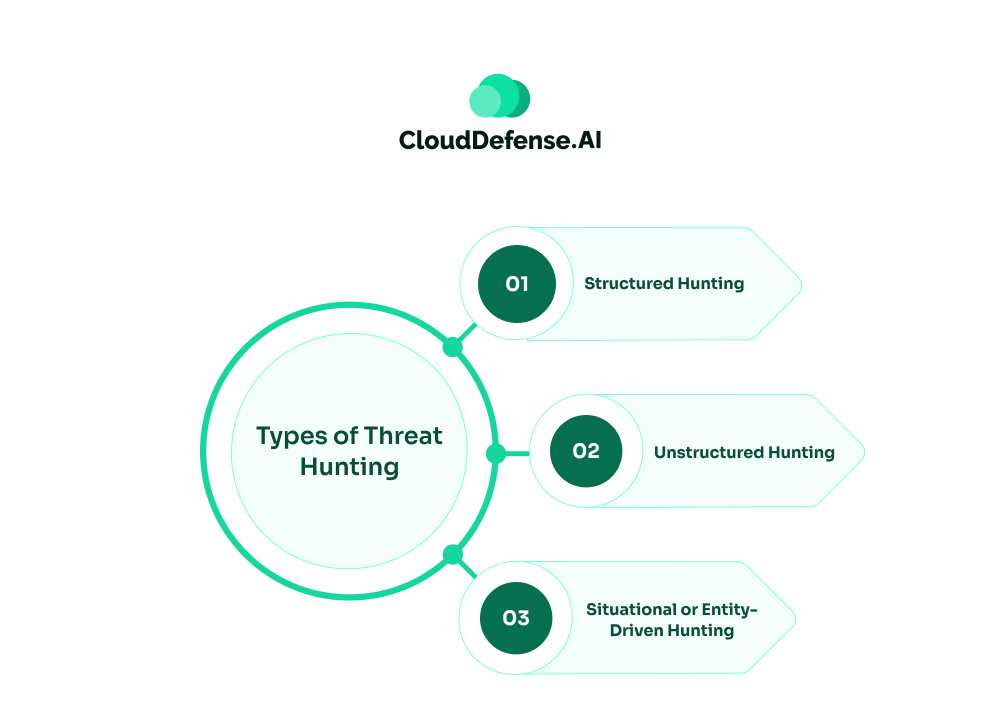
Threat hunting consist of three main types of threat hunting methodologies: structured hunting, unstructured hunting, and situational or entity-driven hunting. Each type has a distinct approach based on the nature of the threat and the specific triggers that initiate the hunt.
1. Structured Hunting
Structured hunting is a methodical approach based on known indicators of attack and the tactics, techniques, and procedures of cyber attackers. This type of hunting is highly organized and relies on established frameworks, such as the MITRE ATT&CK framework, which provides comprehensive information on various TTPs used by threat actors.
2. Unstructured Hunting
Unstructured hunting is a more flexible and reactive approach that starts from a specific trigger or indicator of compromise. This method does not follow a predefined framework but rather focuses on investigating anomalies and suspicious activities as they are detected.
3. Situational or Entity-Driven Hunting
Situational or entity-driven hunting is customized to an organization’s specific context and risk profile. This method focuses on high-value assets, critical systems, and privileged users that are likely targets for attackers.
Threat Hunting Methodologies
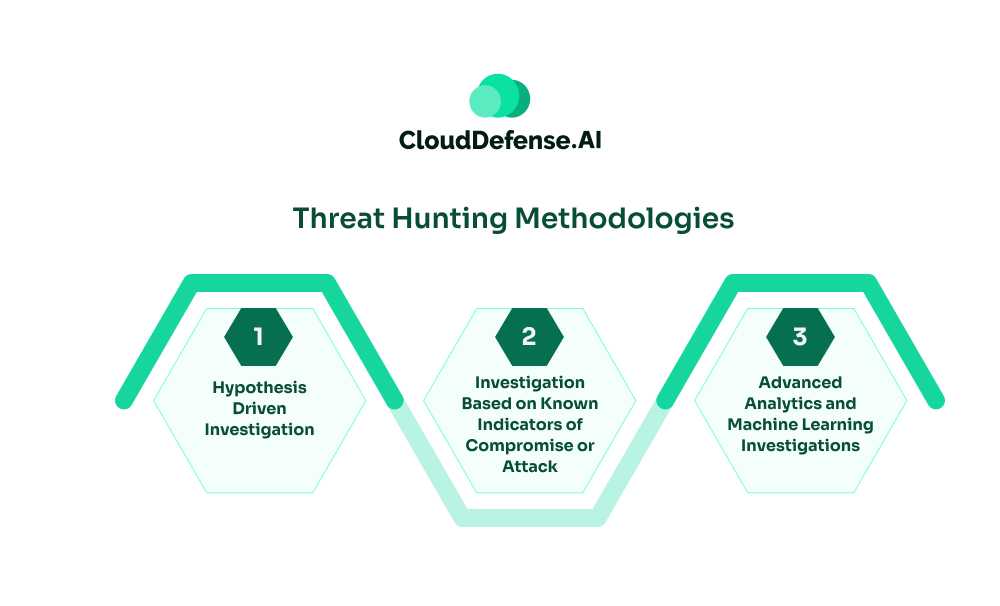
Threat hunting consists of three primary methodologies for initiating threat hunting investigations: hypothesis-driven investigations, investigations based on known indicators, and advanced analytics and machine learning investigations. Each methodology uses different triggers and tools to uncover hidden threats within an organization’s network.
1. Hypothesis-Driven Investigation
Hypothesis-driven investigations begin with the formation of a hypothesis based on new insights into attackers’ tactics, techniques, and procedures. This approach often relies on crowdsourced attack data that highlights emerging threats and methods used by adversaries.
2. Investigation Based on Known Indicators of Compromise or Attack
This methodology uses tactical threat intelligence to catalog known Indicators of Compromise and Indicators of Attack. These indicators serve as triggers for further investigation.
3. Advanced Analytics and Machine Learning Investigations
This approach employs advanced data analysis and machine learning techniques to sift through vast amounts of data and detect anomalies that could indicate malicious activity.
Threat Hunting vs. Threat Intelligence: What is the Difference?
Threat hunting and threat intelligence are two critical components of cybersecurity, each serving distinct but complementary roles in protecting an organization from cyber threats. Understanding the differences between these approaches helps clarify their unique contributions and how they can be integrated into a comprehensive security strategy.
| Aspect | Threat Hunting | Threat Intelligence |
| Methodology | Proactive search for threats by actively investigating system logs, network traffic, and user behavior. | Gathering, analyzing, and applying information about potential threats. |
| Purpose | Identify and neutralize threats before they can cause significant damage. | Understand the threat landscape and prepare for potential attacks. |
| Dependencies | Relies heavily on the skills and expertise of the threat hunters. Requires deep knowledge of systems, networks, authentication methods, and user behavior. | Depends on the quality and relevance of the gathered information. Requires strong analytical skills to interpret and apply the information. |
| Techniques and Tools | Uses tools to actively search for threats, including advanced analytics, EDR tools, and manual inspection. | Uses tools to gather and analyze threat information, including databases of known threats and machine learning algorithms. |
| Example Scenario | Investigating the presence of Log4J vulnerabilities by checking for usage, version vulnerabilities, and signs of exploitation within the environment. | Tracking activities of a hacker group, studying their methods, and preparing defenses based on this intelligence. |
3 Tips to Improve Your Threat Hunting
Effective threat hunting is crucial for identifying and neutralizing advanced threats within your organization’s network. Here are three key tips to enhance your threat hunting efforts:
1. Set Aside Dedicated Time for Threat Hunting
To ensure proactive threat detection, prioritize threat hunting by either establishing a dedicated role within your security team or allocating a minimum amount of time each week for team members to focus on threat hunting.
A dedicated threat hunting role guarantees consistent attention to proactive threat detection, while time allocation ensures continuous monitoring and early identification of advanced threats. These practices mitigate the risk of deprioritizing threat hunting in favor of reactive responses to immediate threats.
2. Use Automated Tools
Manual threat hunting is labor-intensive and requires extensive expertise. Using automated tools can enhance the efficiency and effectiveness of threat hunting. Investing in specialized security solutions such as SIEM systems and dark web monitoring solutions enables quick collection and analysis of extensive data sets, expediting the threat identification process.
Automation further streamlines the validation of hypotheses, enabling threat hunters to concentrate on investigating and mitigating verified threats instead of laboriously sifting through data manually.
3. Prioritize Based on Risk
Given the wide array of potential threats, it’s essential to prioritize which threats to investigate. Conduct a thorough risk assessment to evaluate the severity and probability of exploitation for each identified threat.
Prioritize high-risk, high-probability threats to address the most dangerous vulnerabilities promptly. Focusing efforts on critical threats ensures that threat hunting activities yield significant security benefits for the organization, protecting against the most impactful cyber risks.
Threat Hunting Platforms
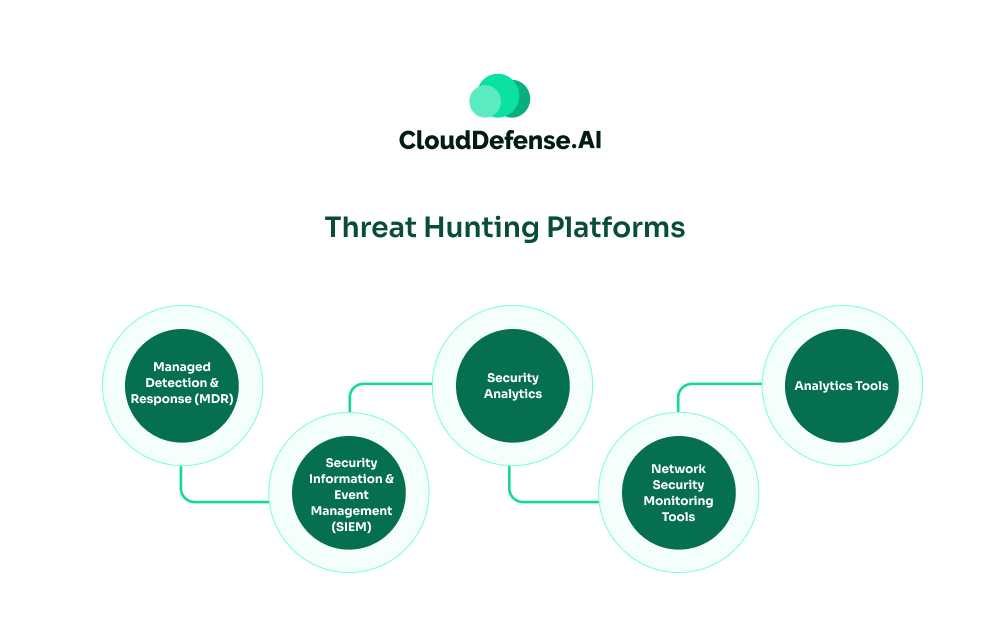
Threat hunting relies on a variety of tools to identify and analyze potential threats within an organization’s network. These tools help hunters gather and interpret data, providing critical insights and enabling proactive threat detection.
1. Managed Detection and Response (MDR)
MDR integrates threat intelligence with proactive threat hunting to identify and remediate advanced threats. By applying sophisticated techniques and intelligence, MDR solutions reduce the dwell time of attacks and provide fast, decisive responses. This ensures that threats are detected and mitigated swiftly, minimizing potential damage.
2. Security Information and Event Management (SIEM)
SIEM combines Security Information Management and Security Event Management to offer real-time monitoring, event analysis, and security data logging. SIEM tools help uncover user behavior anomalies and other irregularities, providing essential leads for deeper investigation. By integrating various data sources, SIEM systems ensure that Indicators of Attack and Indicators of Compromise provide adequate hunting direction.
3. Security Analytics
Security analytics tools go beyond traditional SIEM systems by using big data, machine learning, and AI to offer deeper insights into security data. These tools provide detailed observability and accelerate threat investigations, making it easier to detect patterns and anomalies. By combining extensive data collection with advanced analysis techniques, security analytics tools enhance the effectiveness of cyber threat hunting.
4. Network Security Monitoring Tools
Network security monitoring tools, such as antivirus software, firewalls, and endpoint security solutions, collect and monitor network security data. These tools provide the foundational data needed for threat hunting, helping to identify suspicious activities and potential threats within the network.
5. Analytics Tools
Analytics tools use statistical and intelligence analysis to generate visual reports with interactive graphs and charts. These tools make it easier for threat hunters to connect dots and spot patterns, facilitating quicker and more accurate identification of threats. By visualizing complex data, analytics tools help hunters make informed decisions and prioritize their investigations.
How Can CloudDefense.AI Help?
CloudDefense.AI significantly enhances cyber threat hunting by offering comprehensive, real-time visibility and advanced detection capabilities for cloud infrastructures. Let’s explore how CloudDefense.AI can help with Cyber Threat Hunting:
1. Real-Time Threat Detection
Integrates seamlessly with cloud infrastructure to provide immediate identification of potential risks, ensuring timely detection of threats.
2. AI-Driven Capabilities
Utilizes anomaly detection, user behavior analysis, and security graph technology to identify both known and unknown threats, including zero-day attacks and insider threats.
3. Risk-Based Prioritization
Prioritizes threats based on their potential impact on the organization’s infrastructure, allowing security teams to focus on mitigating the highest risks first.
4. Graph-Driven Investigation Tools
Provides detailed views of incidents by correlating attack indicators with real-time signals, enabling swift and effective remediation of threats.
5. Continuous Activity Monitoring
Ensures ongoing vigilance by monitoring cloud activities continuously, helping to maintain a strong security posture and timely detection of threats.
6. Detection of Misconfigured APIs
Identifies and mitigates threats associated with improperly configured APIs, preventing unauthorized access and data exposure.
7. Enhanced Security Resilience
Combines machine learning-based anomaly detection, real-time user behavior analysis, and continuous monitoring to strengthen overall security resilience.
CloudDefense.AI’s advanced tools and features make it an invaluable asset for proactive cyber threat hunting, enhancing detection, prioritization, and response to potential threats. Book a free demo now to learn more about CloudDefense.AI

